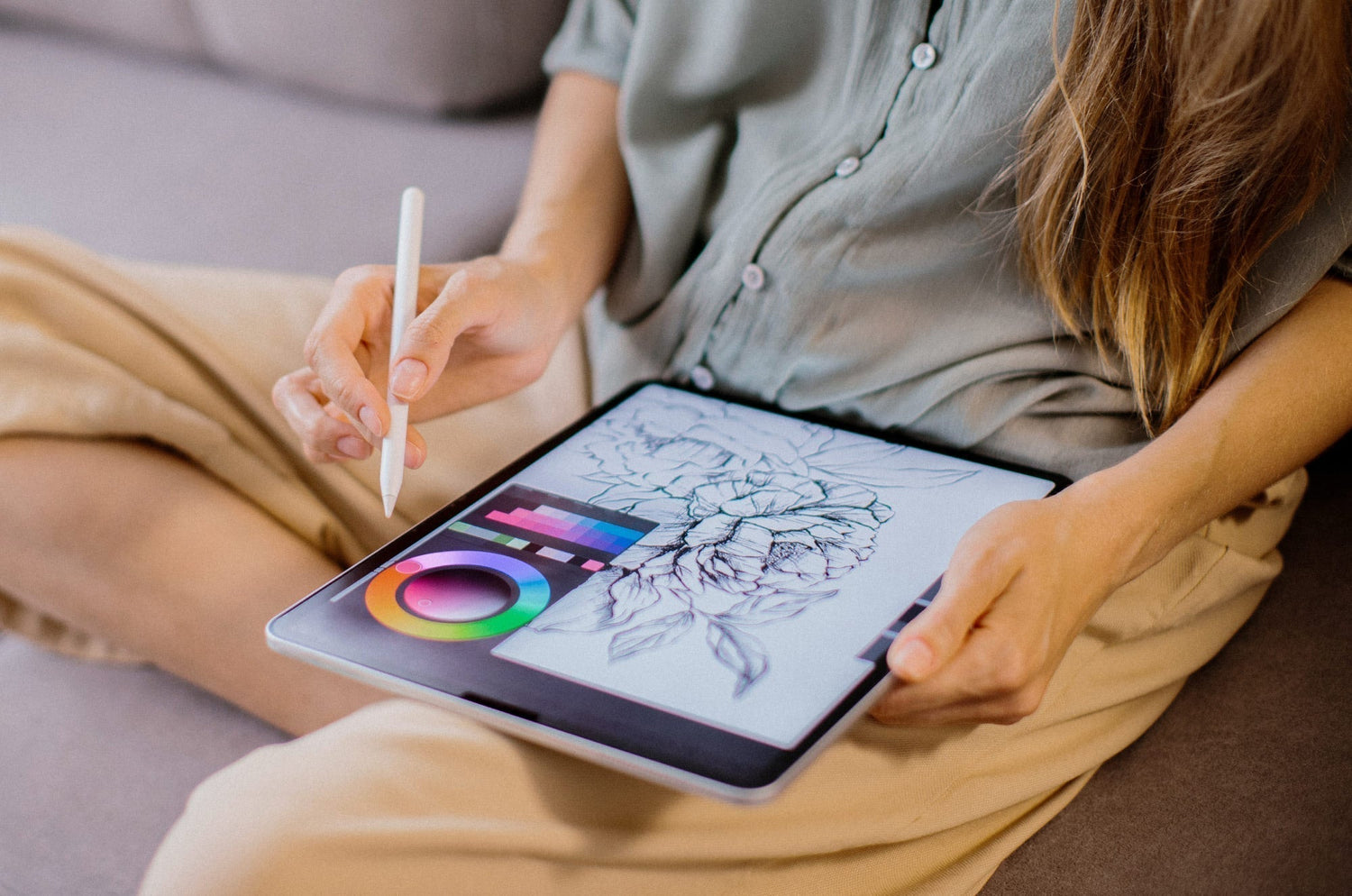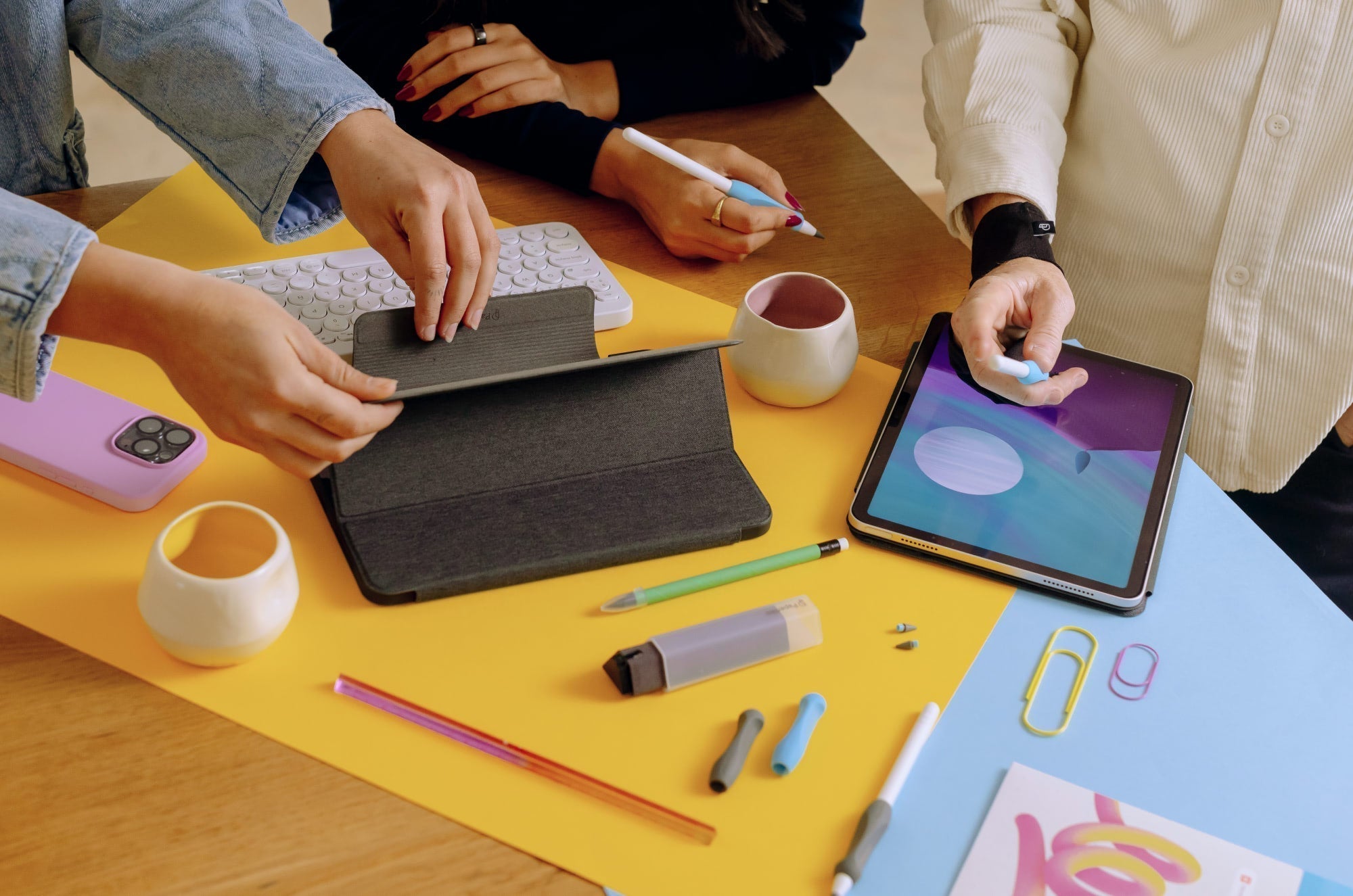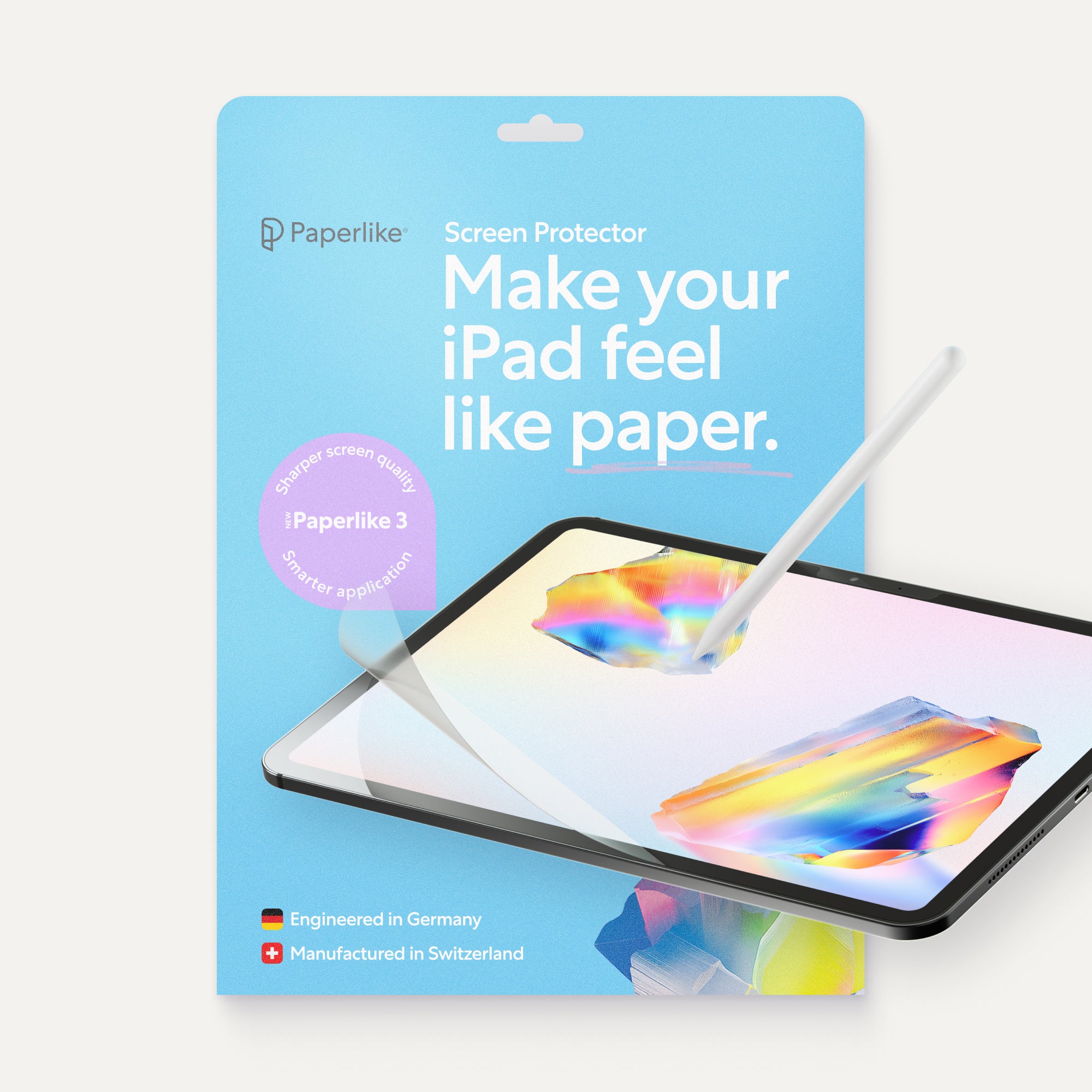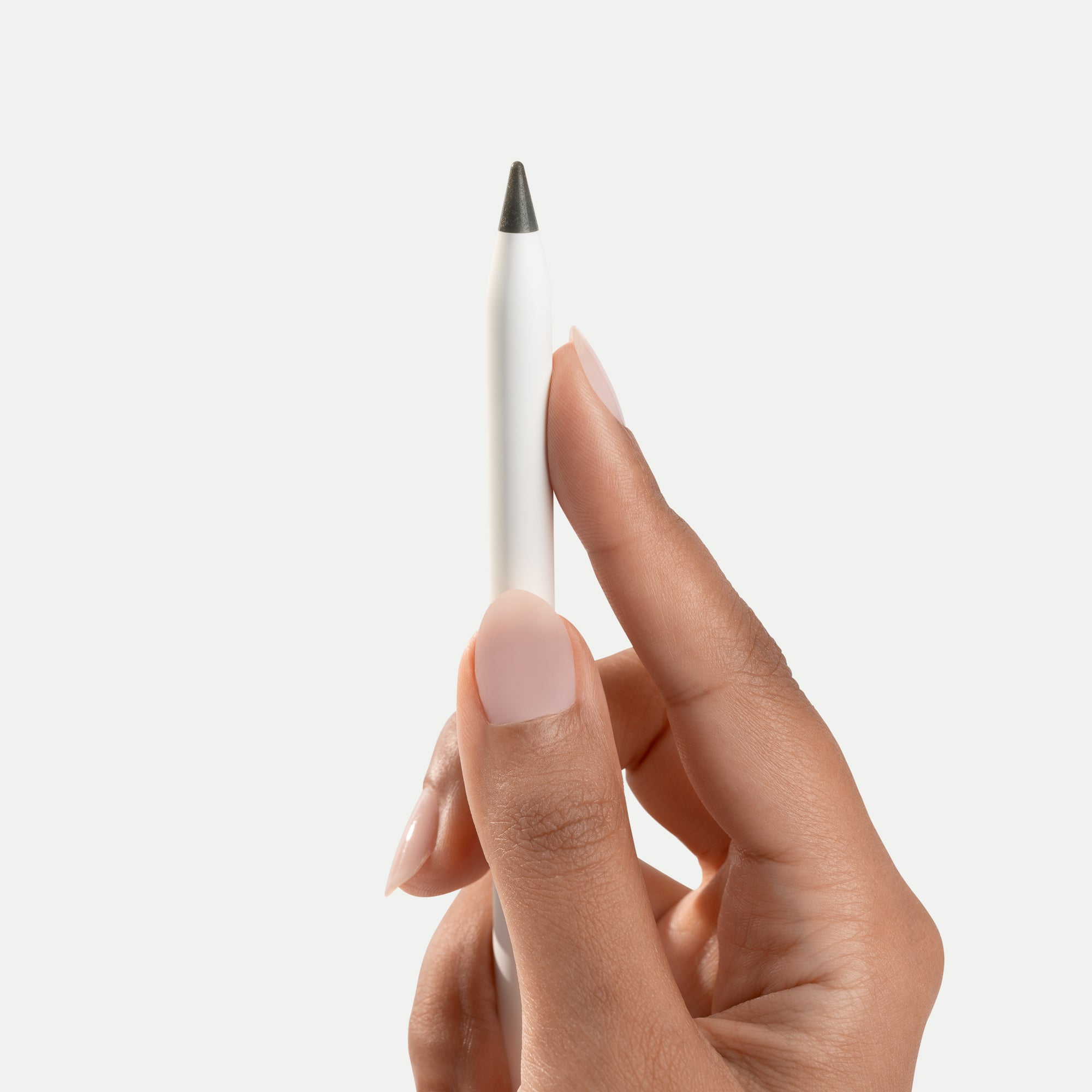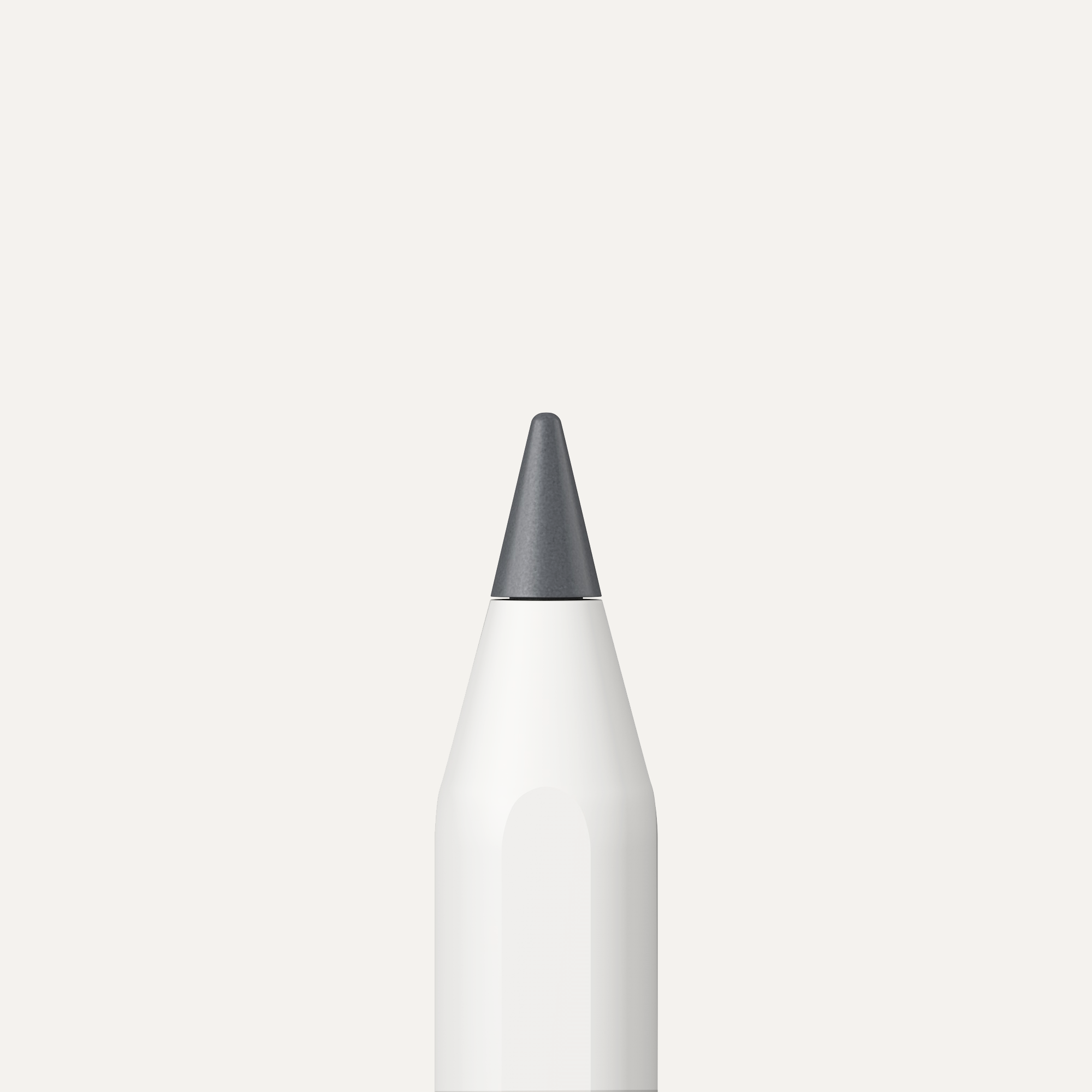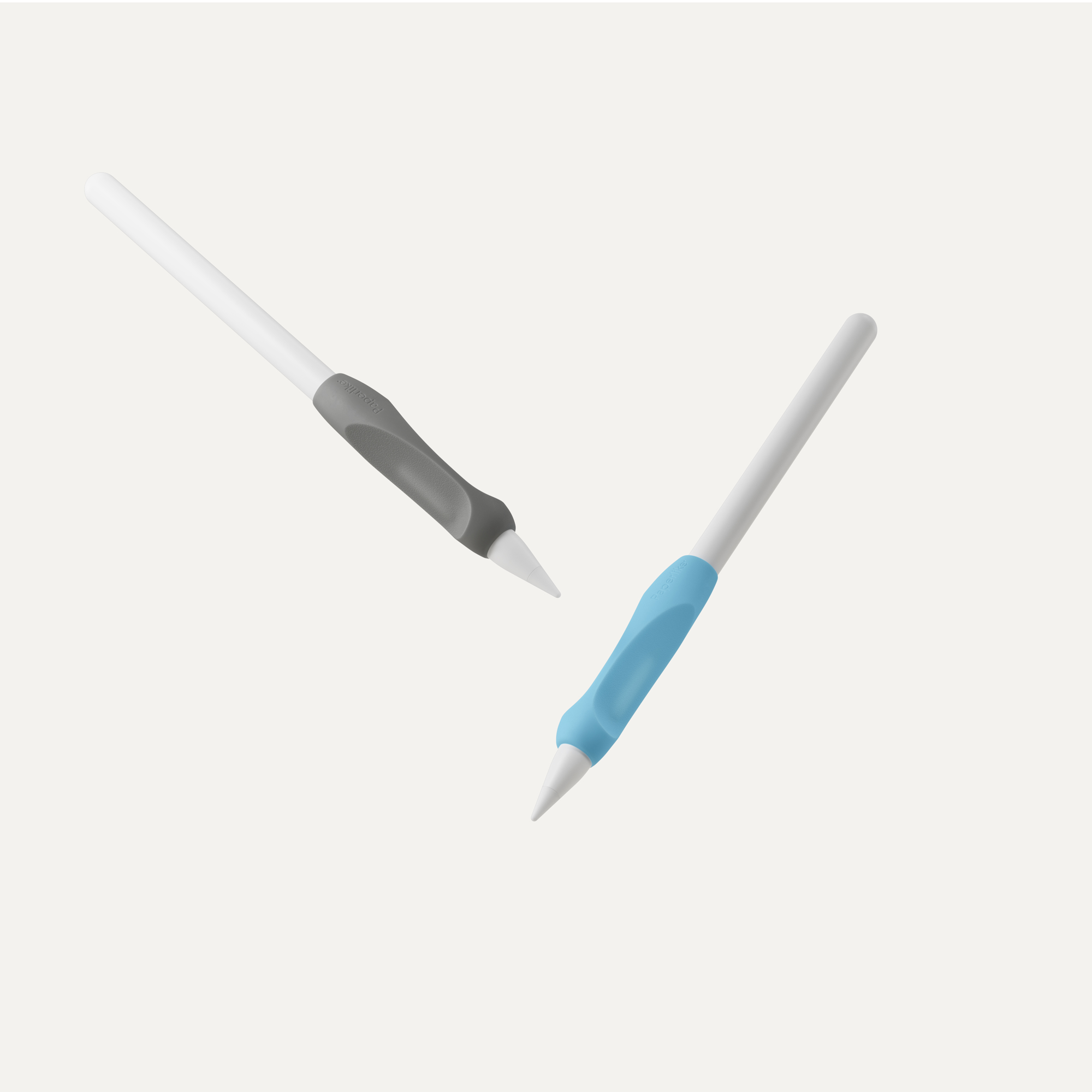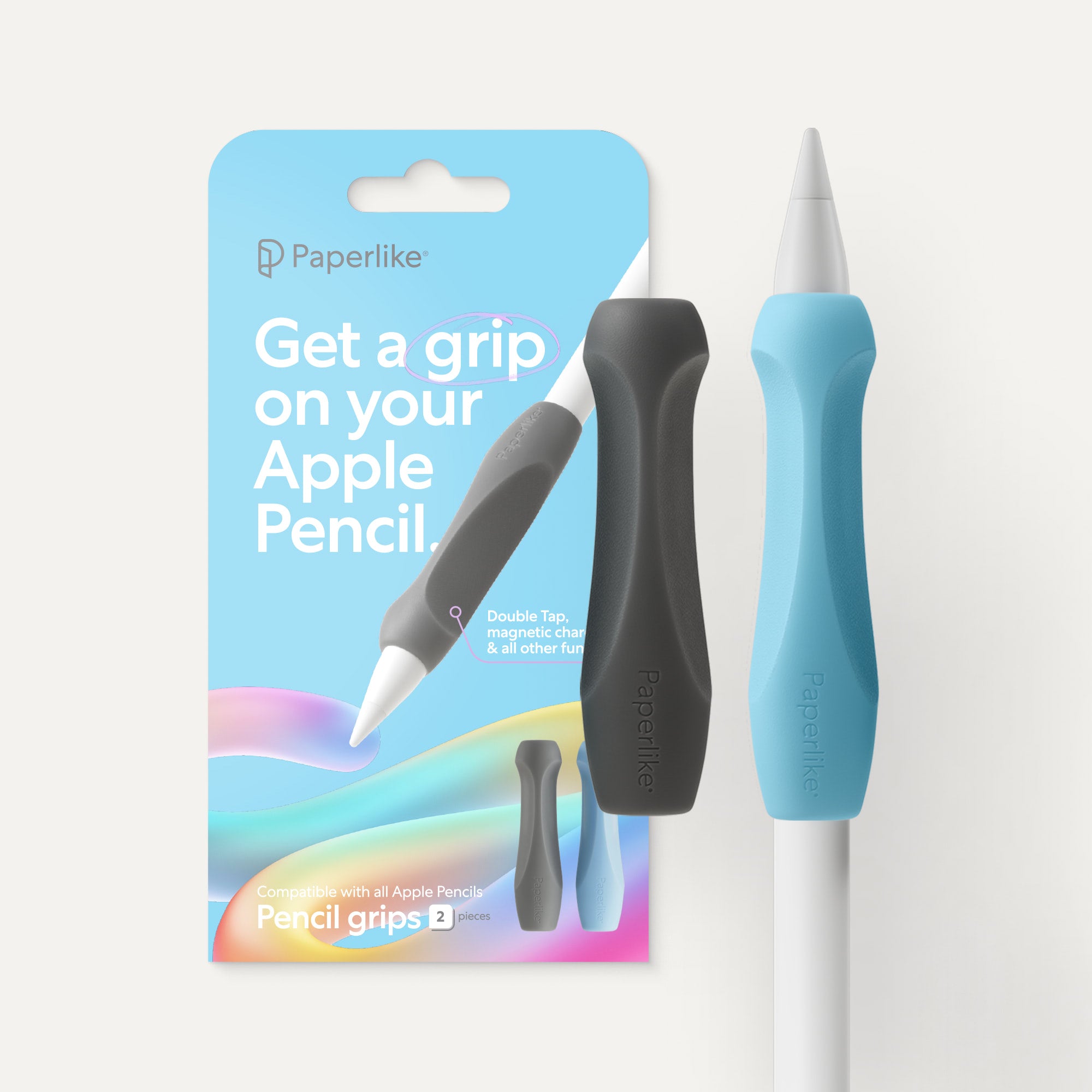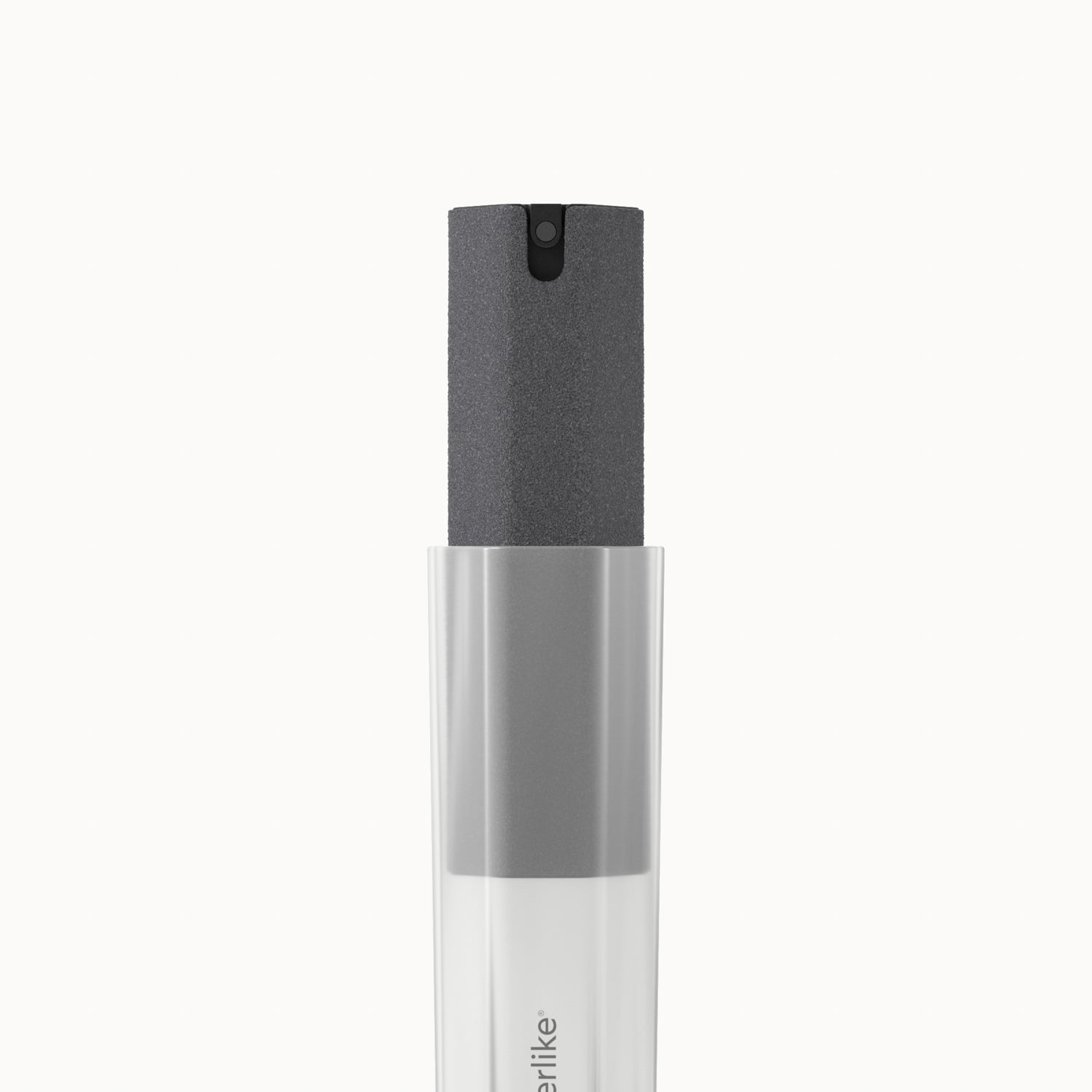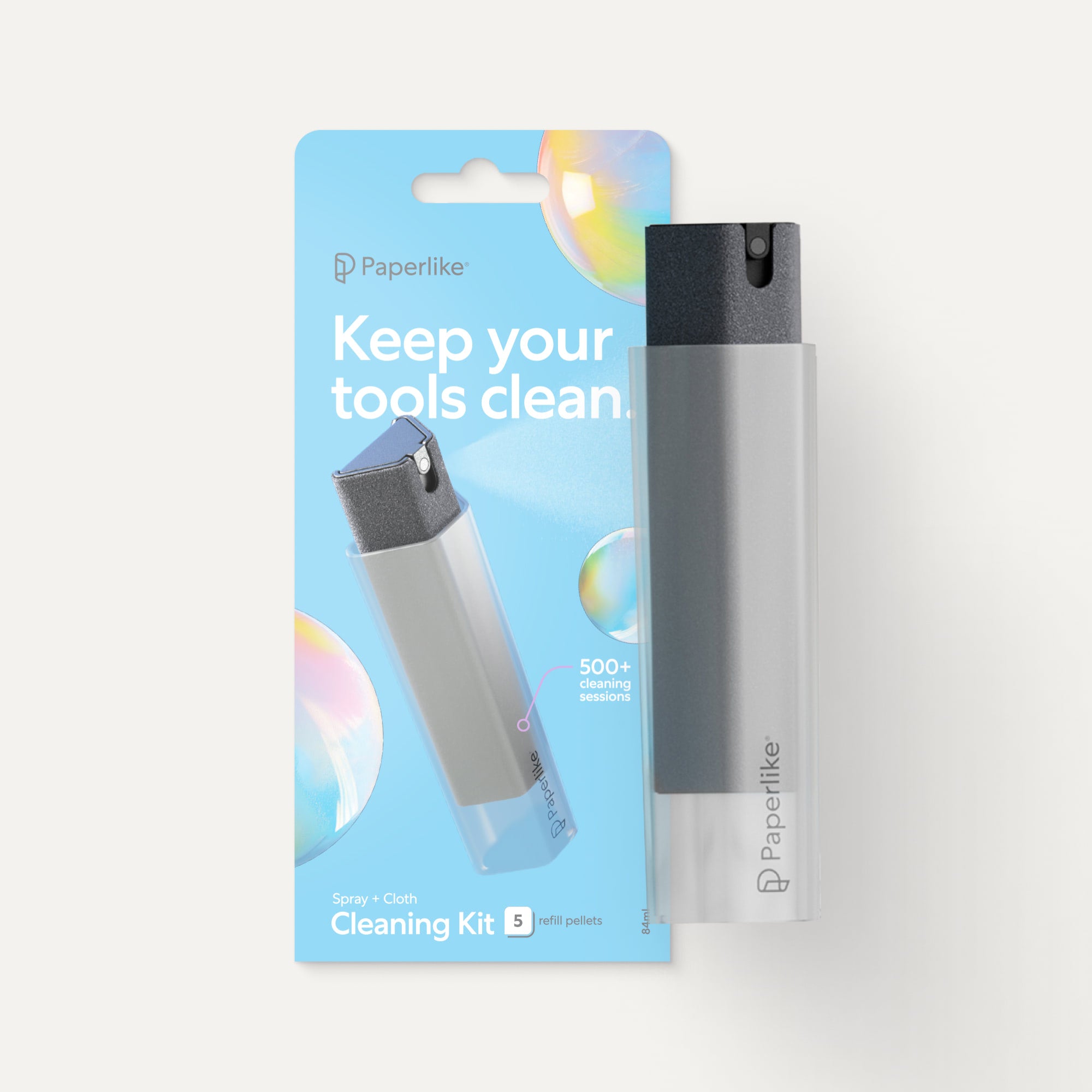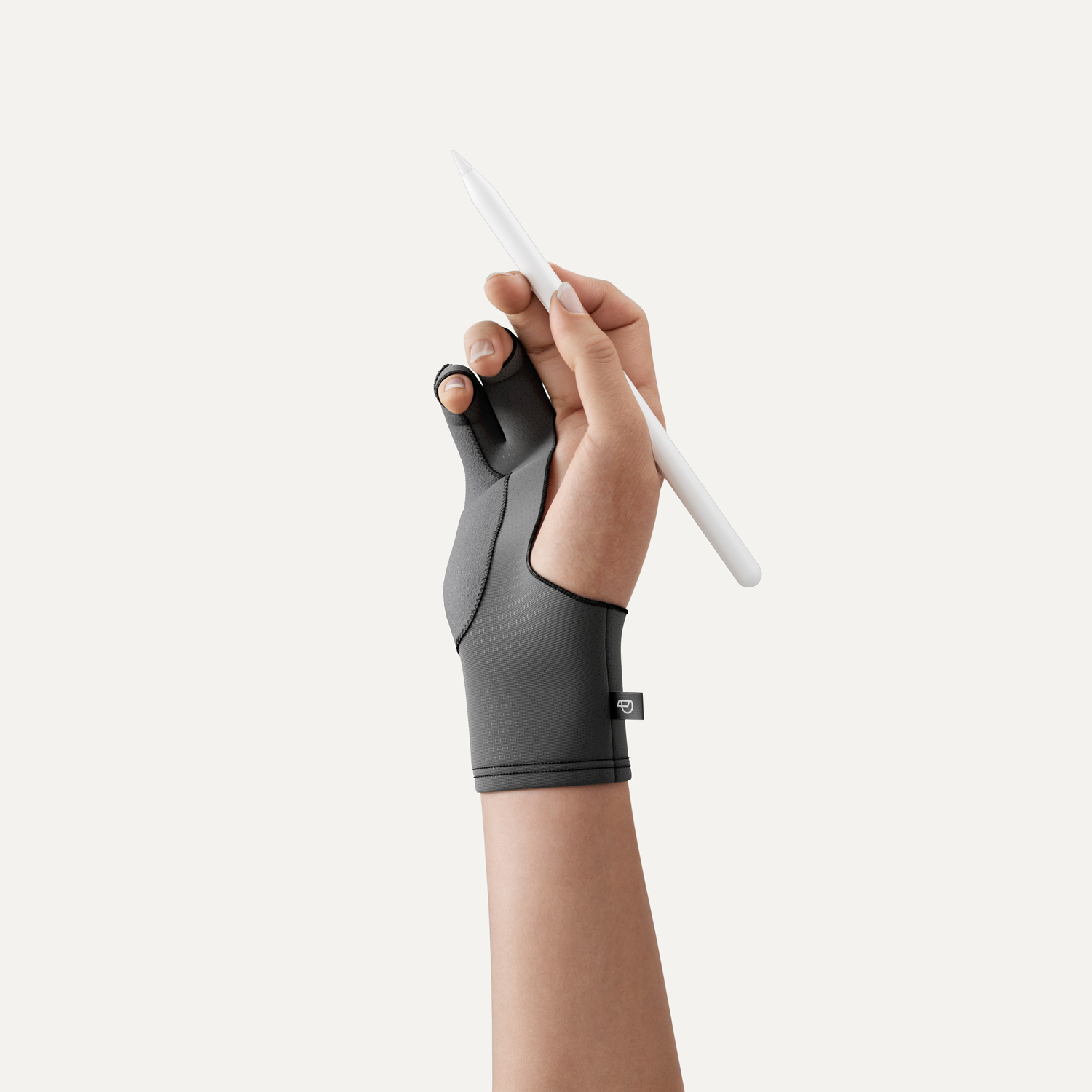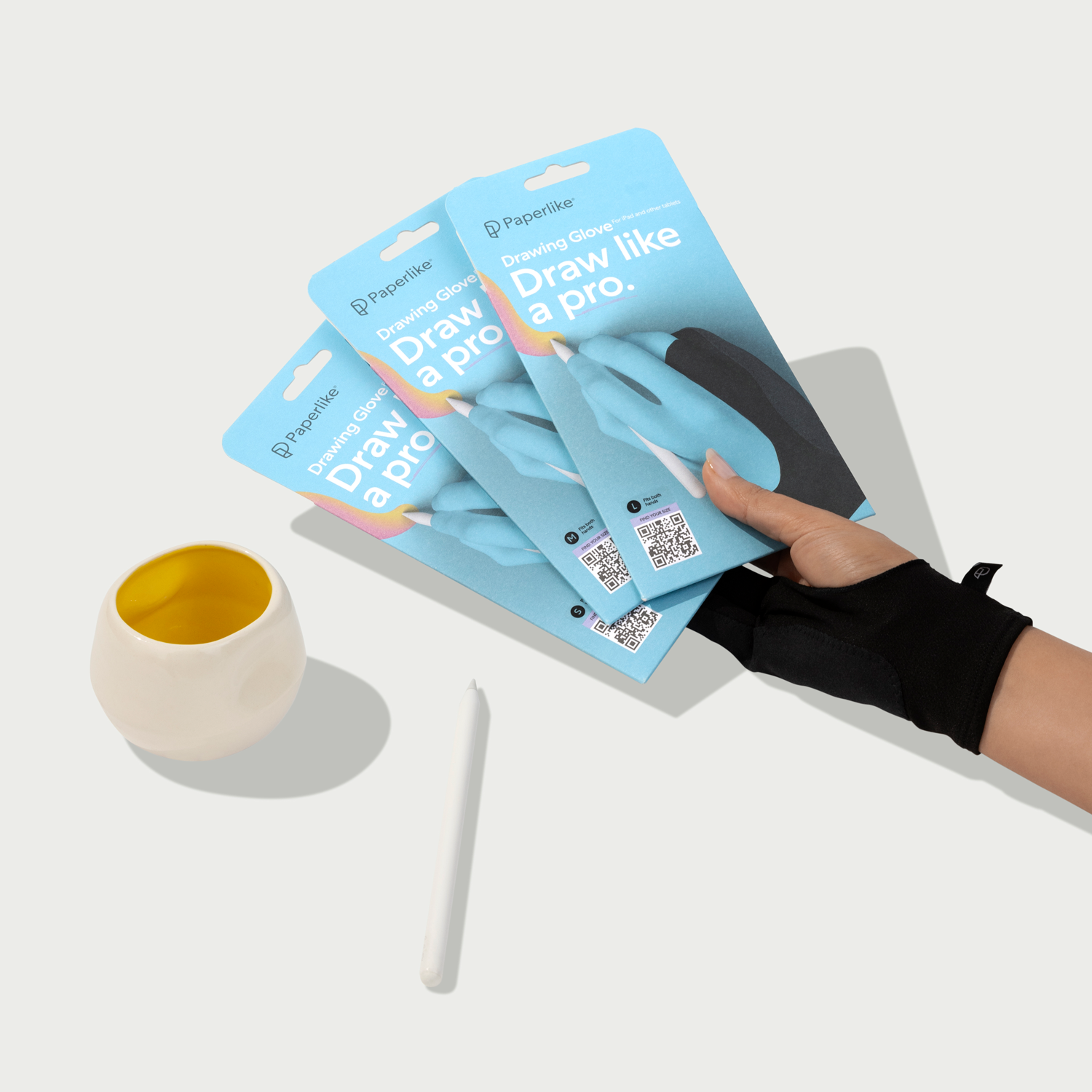Over the years, we've seen social media and artist platforms change because of new technologies, policies, and algorithms.
While we all navigate these changes as users, artists in particular have had to carefully reevaluate the effects new policies could have on the work they post in recent years.
How can artists adapt when the places we've built community and run businesses online no longer align with our values and goals?
Let's look at what's changed and the different ways we can run our businesses and find creative fulfillment both online and offline.
End of the line
By the early to mid-2010s, artists posting their work on social media wasn't anything new. Many of us started out posting analog art, and then creating digital art using Procreate on the iPad took over. It was a welcome change to see technology make art more accessible and optimized for posting on social media.
Then things took a turn when algorithms made it harder for our work to be seen, and it felt like social media became more about strategy than sharing.
In recent years, platforms and corporations haven't been supporting users and artists the way they used to.
And when you can't opt out of certain changes surrounding AI, monetization, and more, the impact can take a toll. If you find yourself on opposing sides with a platform, it might be a good time to take stock of what matters to you.
Start by asking yourself these questions:
- Do I agree with the latest policy changes?
- Am I able to share without worrying about my copyright?
- Can I continue making money the same way?
Eventually, you might find that it's time to make a change. When we reach the end of the line with certain platforms, what other options do we have? Let's take a look.

The art of diversification
One of the best ways to limit the negative impact of any one online platform is to diversify your reach.
By using a variety of platforms and sources of income, we become less vulnerable to changes we can't control. If you're feeling friction with your current platforms, the next section will explore different ways to tackle your artistic pursuits.
Finding community
One of the great things about social media is that it can connect you with people and market your work globally. But when was the last time you looked in your own backyard to connect with other artists?
To start, try looking up your local AIGA or Creative Mornings chapter to connect with new artists who are within your community. You can also try to go to gallery shows, attend local art festivals, creative conferences, and more.
While meeting offline isn't convenient or accessible for everyone, virtual events have increased in popularity. Just knowing that you're engaging with people in real time can make a huge difference in feeling connected with the creative community.
Selling your art
Having your own website gives you the opportunity to take the reins and drive traffic to your online shop or licensing portfolio organically. It can also make it easier to rebound if you unexpectedly lose other income streams.
Most website platforms like Squarespace and Wix offer plans with e-commerce options, while others like Shopify are specifically dedicated to helping you sell online and scale your business.
While having a social media presence is great for showcasing your work and getting eyes on your website, apps like Shop from Shopify can also help drive sales to your business by providing built-in search and visibility for your products to potential new customers.
Art licensing allows you to monetize work you've already created for use on products like greeting cards, packaging, and more. You can use themes to categorize your work in your portfolio, making it easy for potential clients to navigate.
If you want to go offline, try looking up fairs or festivals in your community that have booth space for artists. While it will likely mean more upfront costs, you can still make meaningful connections with fellow artists and your customers.
Experimentation & play
Trying new things is the foundation for exploring different directions to take your work. For artists like me, exploration meant experimenting with digital art on the iPad. It's exciting to bring your process to programs like Procreate, especially with the help of drawing accessories from Paperlike.
Reconnecting with the joy of creating often starts with learning something new. Being a beginner again can also help you shift your focus on social media from posting to playing.
Domestika and Skillshare are platforms where artists and hobbyists alike can learn new creative techniques and skills from creative professionals.
And while on-demand online courses are great for self-paced learning, I also encourage you to take live workshops and classes run independently by artists. They can be in-person or virtual, providing you with the opportunity to connect with the instructor and other students in real time.
When you're stuck endlessly scrolling, comparison can be an easy cycle to fall into. When everyone around is a student and learning, it gives you permission to ease into the joy of simply trying.

Decentralizing social media
Some of the largest social media platforms, such as Meta and X, are run by single entities that control posting, moderation, user data, and more. Newer platforms are shifting towards decentralization, giving users more control over their personal data and the extent to which the platform influences what they post.
Here are some platforms and ways of doing social media differently:
- Bluesky. A social media platform led by the founder of Twitter (now X), Jack Dorsey. Initially started as a side project in 2019, the platform has grown to over 30 million users. It was created to be a place where users can control what they see by subscribing to feeds, instead of being shown posts based on an algorithm or ad preferences. Similar to X, you can post images, text, and engage with communities you find value in.
- The Studio by Creative Boom. A new free-to-join community run by Creative Boom. They're an online art and design magazine that shares news, inspiration, and more. The Studio is a place where you can network, start conversations, share insights, and more. They host virtual events and offer a place where creatives can band together and thrive. You can request to join here.
- Mastodon. Since 2016, they've been a free and open-source platform where you join servers to connect with different communities. You'll find servers on various niche topics, including food, art, gaming, technology, and more. Plus, you can communicate across servers and not have to worry about algorithms or someone else having control of your data.
- Cara. A portfolio-sharing platform founded by photographer Jingna Zhang. It's notable for its clear stance against the use of AI and scraping. It surged in popularity in the past year when Meta announced its AI policies, and serves as a place for artists to post their work and interact with other artists. They even have a job board feature that might help you find your next role.
- Newsletters. If you haven't thought of having your own newsletter, you could be missing out on a key part of keeping in touch with your audience. Many newsletter platforms are built with creators in mind, giving them opportunities to monetize their content and grow their audiences, like Substack, Kit, Pencilbooth, and Beehiiv.
Final thoughts
The way platforms decide the direction they want to go in, we can too. And everyone gets to decide what's important to them. Whether it's how AI is used or not used, their preferred form of communication, or the monetization of their work.
Diversification gives you not only the best chance at recovering if and when something goes down. It also might just increase the odds of getting your next client or making a meaningful connection.
Whether online or offline, artists have always found a way to share and connect. And I don't see that changing anytime soon.


